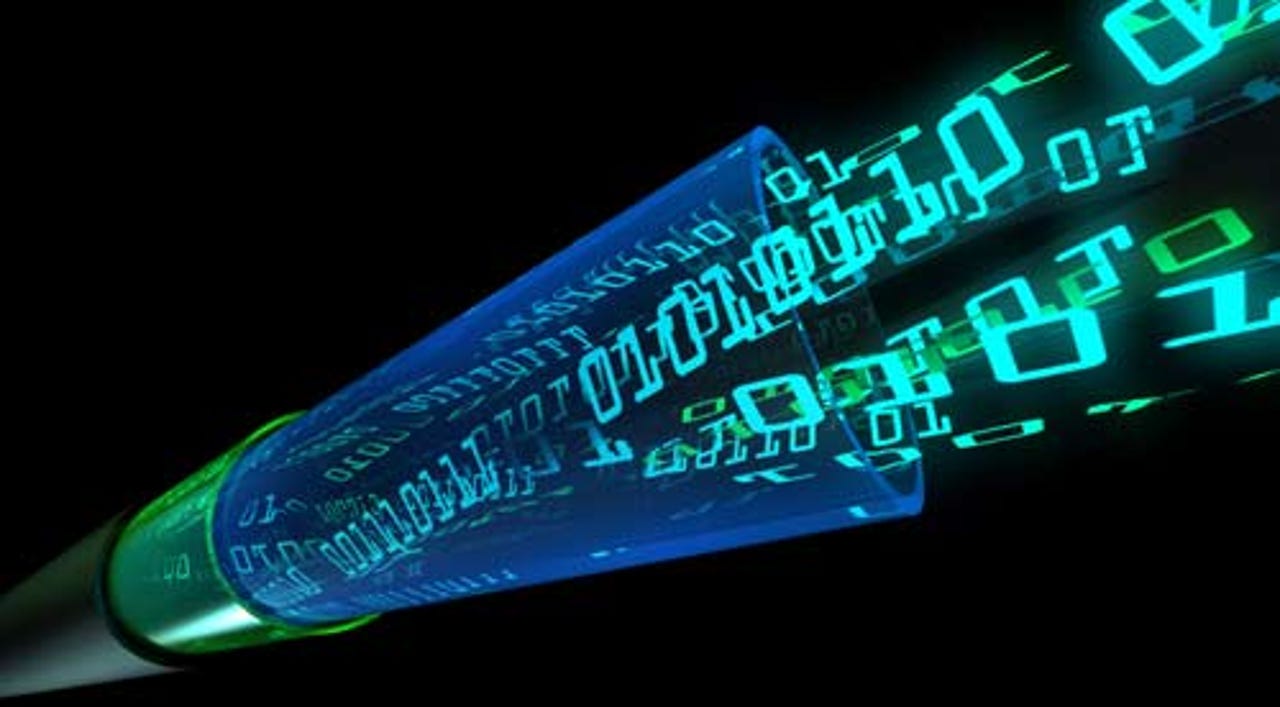11 amazing technologies that have totally changed our world for the better


Fibre Optics
Fibre optic technology was first demonstrated in the 1840’s by Colladon and Babinet. Fibre optic tubes refract light within glass tubes with little loss of light over the length of the tube.
In 1880 Alexander Graham Bell developed the technology to transmit voice signals over an optical beam. Bundled together, fibre optic cables are immune to electrical interference making them good for use in computer networking. Fibre optic transmissions are also much harder to snoop and are therefore considered more secure.
Graphene
Graphene will completely revolutionise technology. Created at the University of Manchester, UK, graphene is a layer of graphite one atom thick. It is very strong, an excellent conductor of heat and electricity and is predicted to transform mobile devices.
Imagine a flexible cellphone or tablet –or ultra thin strong condom. The Gates Foundation has given $100,000 to research the development of a super thin and durable condom made of latex and graphene.
Cellphone technology
The technology to enable cellphones to communicate from a base station was proposed in 1947, however the technology did not allow the phone to move out of range of the base station.
A car phone call, using a rotary dial to make the call was first used in Sweden in 1956. The first mobile phone call was made from a Motorola phone in 1973.
Personal Computing
Microcomputers started to be mass marketed in 1977 and the name “Personal Computer” appeared six years later when Hewlett Packard announced its 9100A personal computer. Microchip technology has significantly reduced the cost — and size — of the processor as its power increased and form factors became much more compact.
Although there are well over a billion PC’s in existence, smartphone and tablet technology have started to become prevalent in consumer markets around the world.
Nano Robots
The term nano robot refers to robots whose components are close to the scale of a nanometer (10-9 meters). Imagine a tiny sensor intended to detect cancer, or to perform nano surgery. Currently in research and development these robots have already been used to deliver drugs to the correct part of the body in terminal cancer patients.
Satellite Communications
Satellite communications allow TV, radio, data and telephone transmissions to be sent anywhere in the world. Satellites are in orbit around the world, either moving or geo-stationary relative to the earth. They are powered by solar cells and batteries. They relay transmissions from one ground station to another via the network of satellites.
Solar Cells
Solar cells convert light energy to electricity. The photovoltaic effect was first demonstrated by Becquerel in 1839. It has recently achieved a level of almost 45 percent efficiency. A 5x5 ft solar cell could be screwed to the side of your house and meet all of your energy needs.
The Internet of Things
The "Internet of Things" refers to objects that can be uniquely identified with an addressable system such as TCP/IPv6. IPv6 with its 128-bit address has scope to have a unique address for every single item in the world. There are approximately 3.4 x 1038 addresses available for use.
You could even give each of your socks unique addresses to ensure that you will never mis-match them again.
Transistors
Transistors were first developed in 1947 by Bell Laboratories and allow precise control of the flow of current through circuit boards. A transistor is the active component in almost all modern electronics systems. Moore’s law predicted that over the history of computing hardware the amount of transistors in integrated circuits will double every two years, influencing their impact on the evolution of technology.
The Internet
The first message was sent electronically between two computers was sent over the ARPANET in 1969. The World Wide Web as we know it with its linked hypertext documents was proposed in March 1989 by Tim Berners-Lee, a British computer scientist.
Berners-Lee and Robert Cailliau proposed the links to a web of nodes in 1990 – the year that the first web site was completed.
3D Printing technology
Creating a three dimensional solid object digitally is something that the automotive and aerospace industry has been using since the 1980s. Printers have become widely available recently and are used to print anything from teapots to guns.
You can even buy your own 3D printer from Staples for $1299.